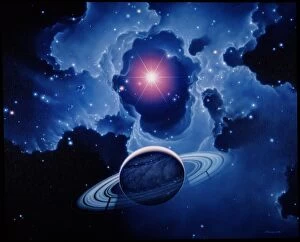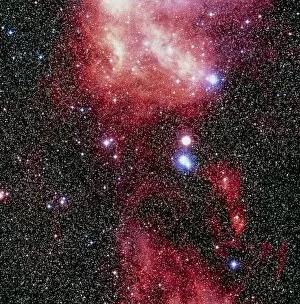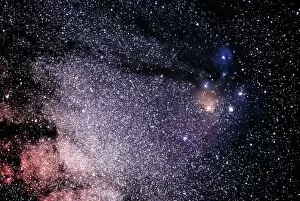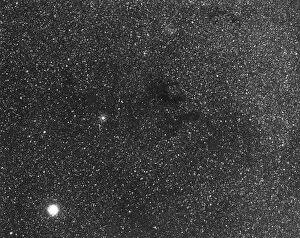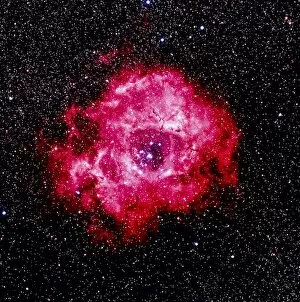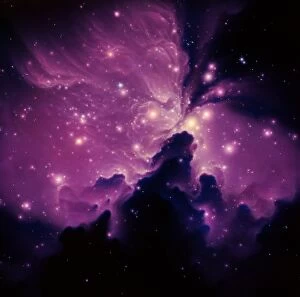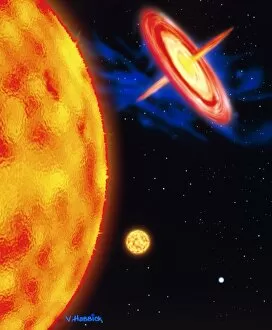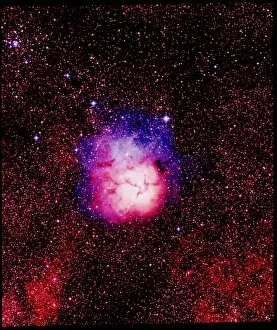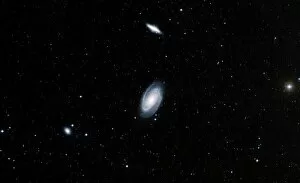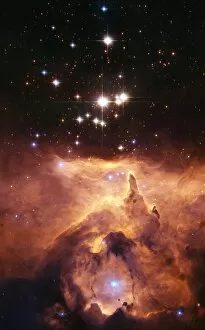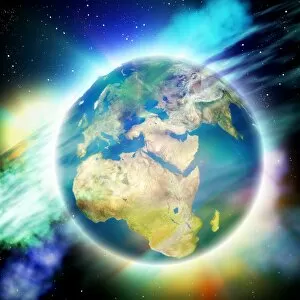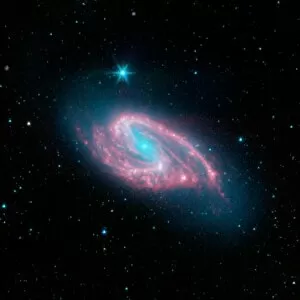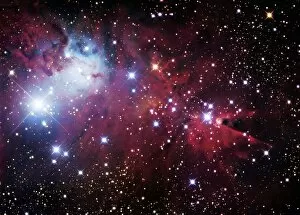Stellar Formation Collection (page 3)
"Unveiling the Cosmic Cradles: A Glimpse into Stellar Formation" Witness the breathtaking beauty as captured by the Hubble Space Telescope
For sale as Licensed Images
Choose your image, Select your licence and Download the media
"Unveiling the Cosmic Cradles: A Glimpse into Stellar Formation" Witness the breathtaking beauty as captured by the Hubble Space Telescope. In this captivating journey through space, we explore various celestial wonders that showcase the birth of stars and their mesmerizing evolution. The nebula NGC 604, a stunning masterpiece unveiled by Hubble's lens, reveals a vibrant tapestry of gas and dust where new stars are born. Its ethereal glow serves as a testament to the immense power and creativity found within our universe. Among these cosmic marvels lies the iconic "Pillars of Creation, " towering columns in the Eagle Nebula that epitomize stellar nurseries. These colossal structures serve as incubators for countless protostars, nurturing them until they burst forth with radiant energy. Venturing deeper into Orion Nebula (M42), we encounter an awe-inspiring spectacle teeming with young stars surrounded by glowing clouds of gas and dust. This celestial nursery is a hotbed for star formation, showcasing nature's ability to sculpt magnificent creations on an astronomical scale. As we traverse further into space, we stumble upon Horsehead Nebula—a dark silhouette against a backdrop of colorful gases—where newborn stars emerge from dense molecular clouds like shining beacons in an endless expanse. Behold Ring Nebula M57—an intricate halo formed from layers of expelled material surrounding a dying star. This captivating image reminds us that even in death, stars continue to inspire wonder and fascination. In Lagoon Nebula M8, witness vast regions illuminated by massive clusters of newly formed stars. Their brilliance illuminates nearby gas clouds while casting enchanting reflections across interstellar landscapes. Gazing towards Large Magellanic Cloud unveils astonishing vistas adorned with vibrant hues emanating from active star-forming regions. Here, galaxies collide in cosmic ballets giving rise to dazzling displays that captivate astronomers worldwide.

